IQON is BIG’s South American debut in Quito
Quito gets a brutalist urban addition – IQON – courtesy of Bjarke Ingels and Ecuadorian developer Uribe Schwarzkopf
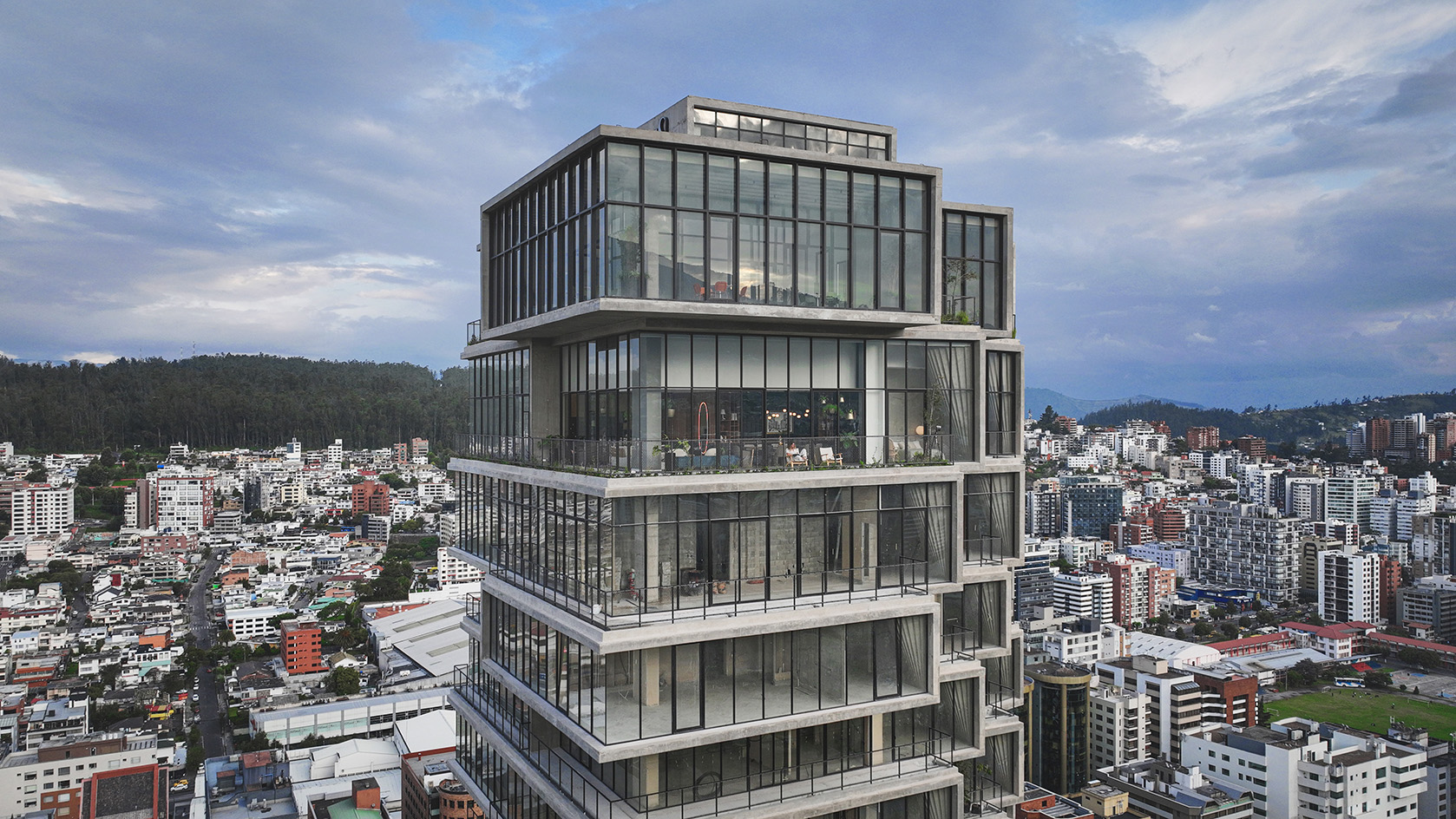
With IQON, the vertiginous growth of Quito’s built skyline has reached a new milestone. The project marks the completion of the first of a pair of towers in the city by Bjarke Ingels’ architecture studio BIG, that looms over La Carolina, the Ecuadorian capital’s version of Central Park. At some 131m high, the 33-storey brutalist centrepiece becomes Quito’s tallest building, surpassing the Basílica del Sagrado Voto Nacional, a Roman Catholic cathedral in Quito’s historic centre.

IQON by BIG
Quito’s upwardly mobile transformation has been made possible by the relaxation of height limits, which moved from 15 to 40 storeys following the relocation of the international airport outside the city’s boundaries in 2015. Things – and the city’s inhabitants – have been looking up ever since.
IQON’s developer, Uribe Schwarzkopf, has been leading the boom in contemporary skyscrapers with its self-styled version of 'healthy urbanism', enrolling help from global architects like BIG, Moshe Safdie, Carlos Zapata, Jean Nouvel, Arquitectonica and MAD to reshape the city’s skyline.
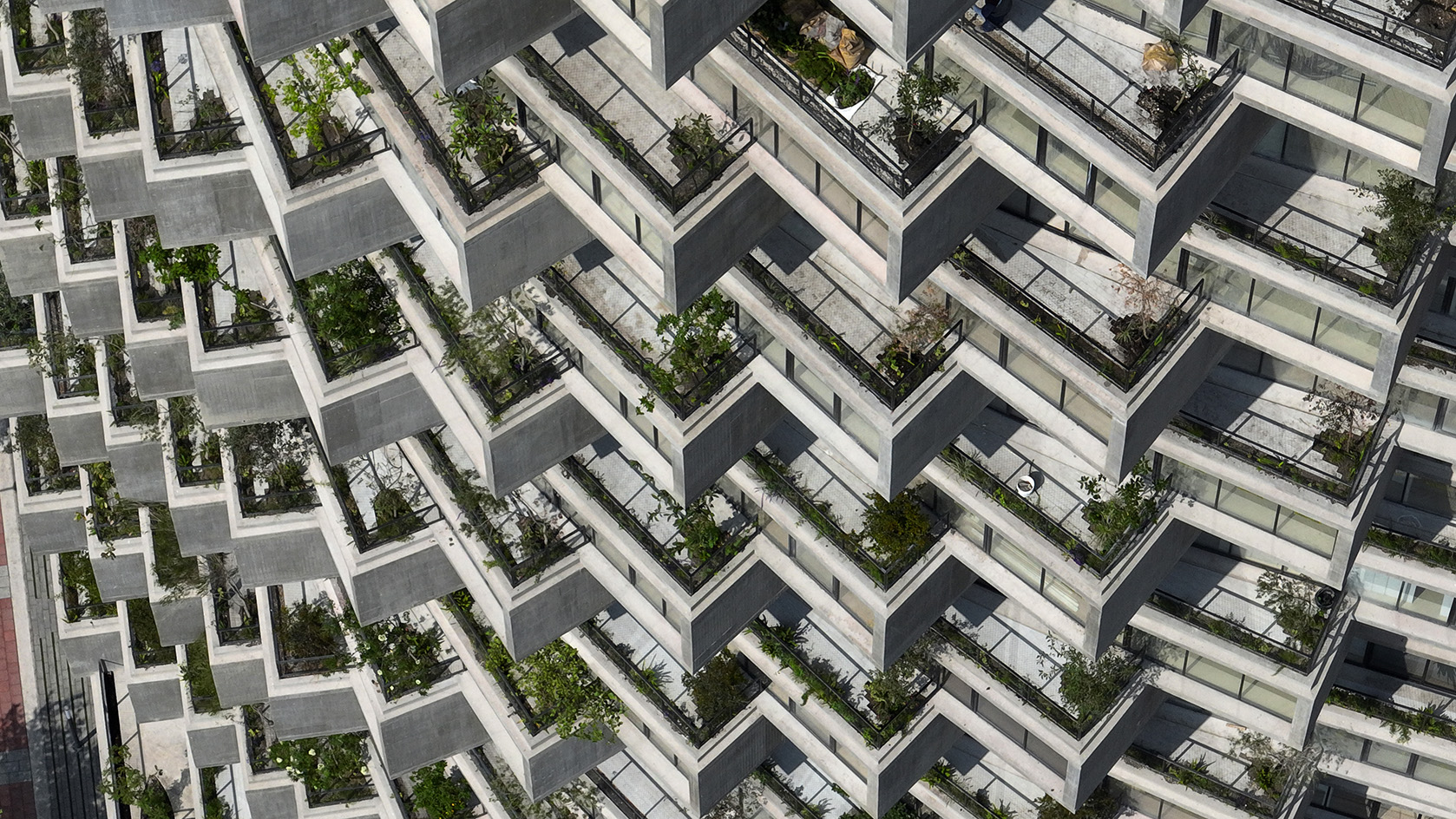
Designed to occupy an L-shaped site, BIG’s distinctive high-rise curves around the plot from north to south creating 220 luxury apartments. They tower over the city looking out at differing angles to the north or west, while its more traditional east-facing flank has been given up to trendy offices.
BIG’s rotating volume repeats itself every three floors, giving the façade a prickly, ‘pineapple’ appearance. The jagged exoskeleton pattern crafted from concrete blocks that stack on top of one another, produces myriad corners, crooks and crevices that have been converted into balconies and terraces for each apartment.

To soften the building’s brutalist, concrete shell, the architecture studio introduced what it calls an ‘urban tree farm’, planting a selection of mid-sized trees and shrubs from Ecuador’s rich biodiversity in planters occupying corners of the neighbouring apartments below. Trees will be replanted in the park when they outgrow the structure, says the architect.
The tower is something of an architectural anomaly, according to Lorenz Krisai, design lead for BIG on both IQON and the follow-up project to the south of the park, EPIQ. The materials and complex finish would be almost impossible to pull off in any other climate or for another client, he says.
Receive our daily digest of inspiration, escapism and design stories from around the world direct to your inbox.

'A brutalist building like this probably wouldn’t have been possible anywhere else or with any other partner. No matter how much we kept pushing the concept to its limits they kept saying, “yes”,' he says.
Completed in October 2022, IQON’s striking façade has already converted the building into a photogenic addition to Quito’s impressive existing body of brutalist architecture – it includes notable examples, such as the Templo de la Patria by local architect, Milton Barragán.
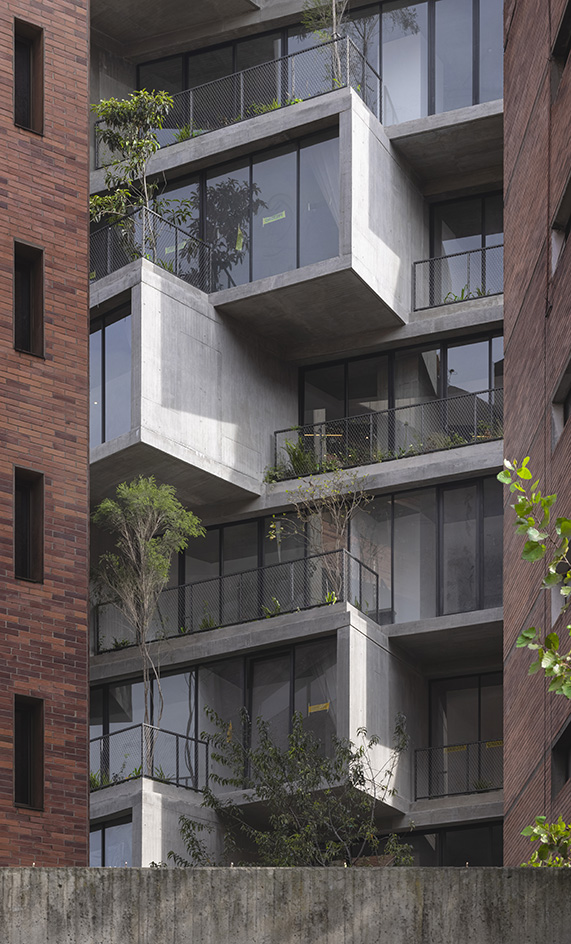
Inside IQON, apart from the office and residential offering, the developer gave over three floors to playful communal facilities, including a bowling alley, an arcade and a music room for jamming on the sixth floor, as well as a poker room and a squash court by the Olympic-sized pool on the rooftop.
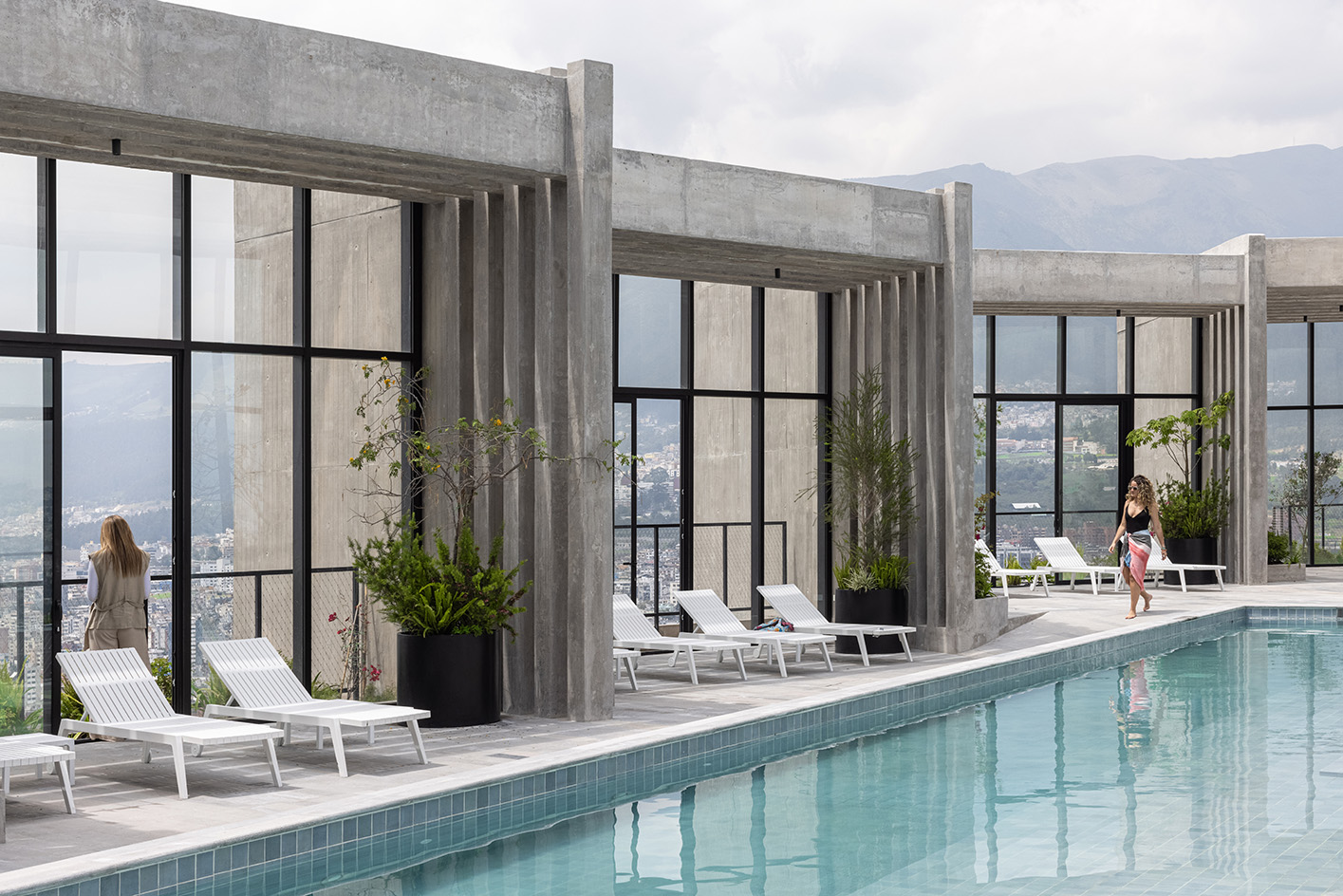
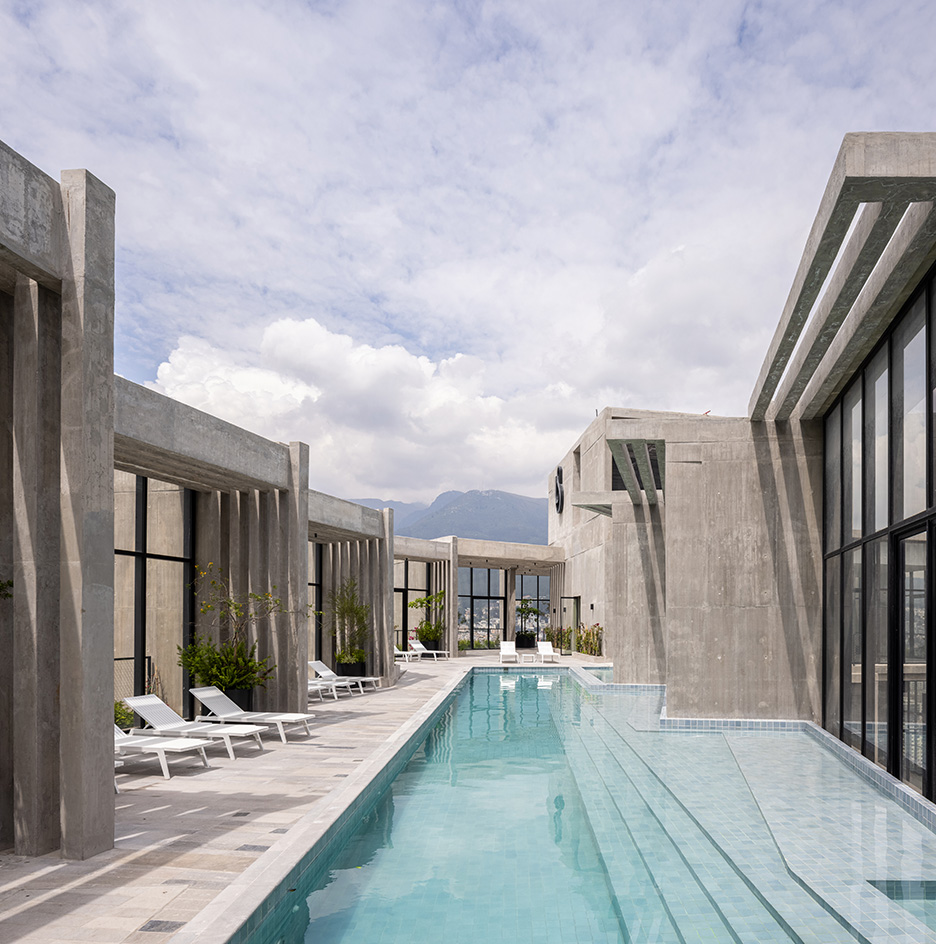
Originally hailing from the UK, Rainbow Blue Nelson first landed in Colombia in search of Tintinesque adventures in 1996. Subsequent forays from his Caribbean base in Cartagena have thrown up a book about Pablo Escobar, and the Wallpaper* City Guides for Santiago, Brasilia, Bogota and Miami. Currently completing a second book about Colombia whilst re-wilding 50 hectares of tropical rainforest on the country's Caribbean coast, he’s interviewed some of South America's most influential figures in art, design and architecture for Wallpaper* and other international publications.
-
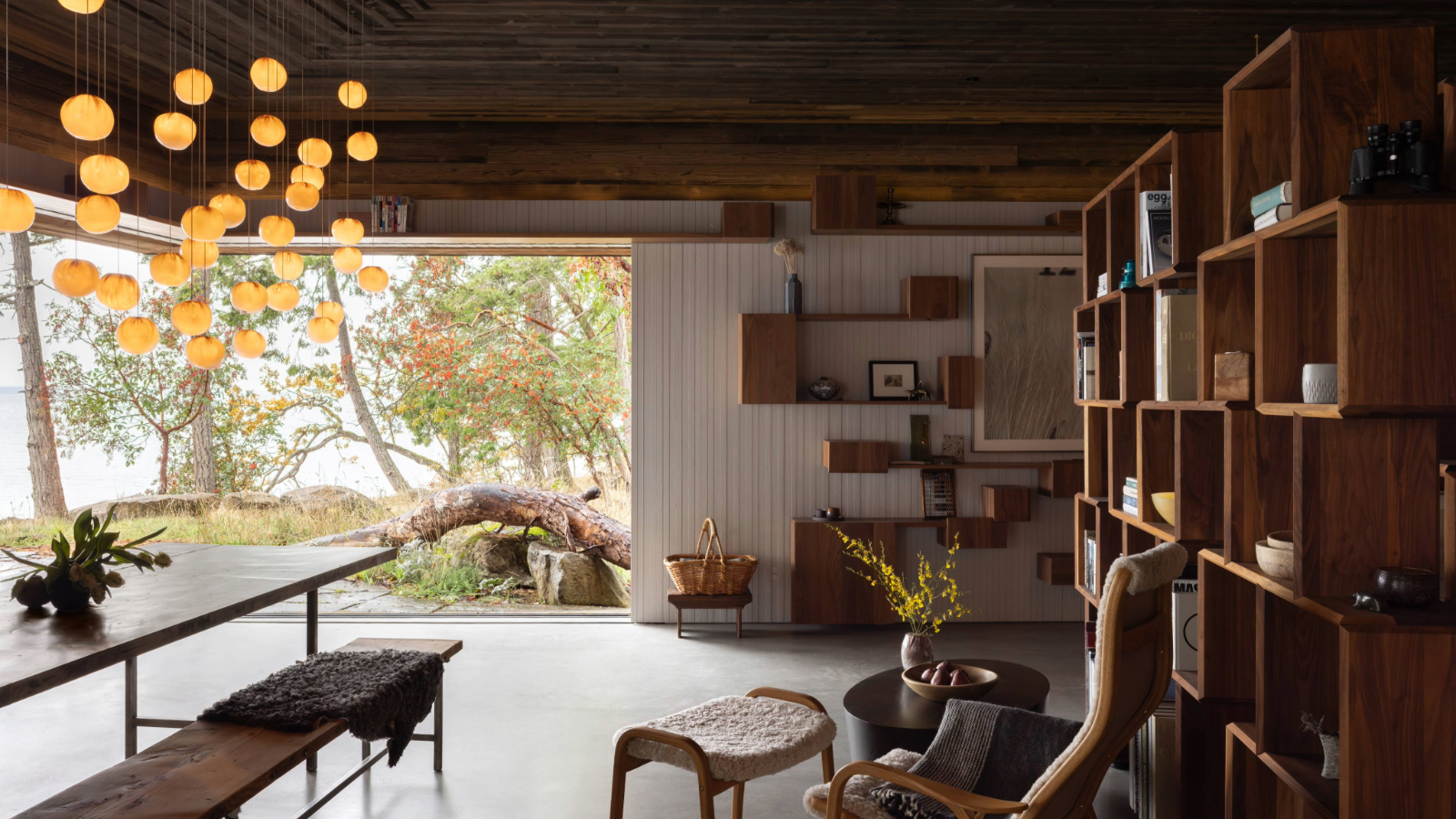 This retreat deep in the woods of Canada takes visitors on a playful journey
This retreat deep in the woods of Canada takes visitors on a playful journey91.0 Bridge House, a new retreat by Omer Arbel, is designed like a path through the forest, suspended between ferns and tree canopy in the Gulf Island archipelago
-
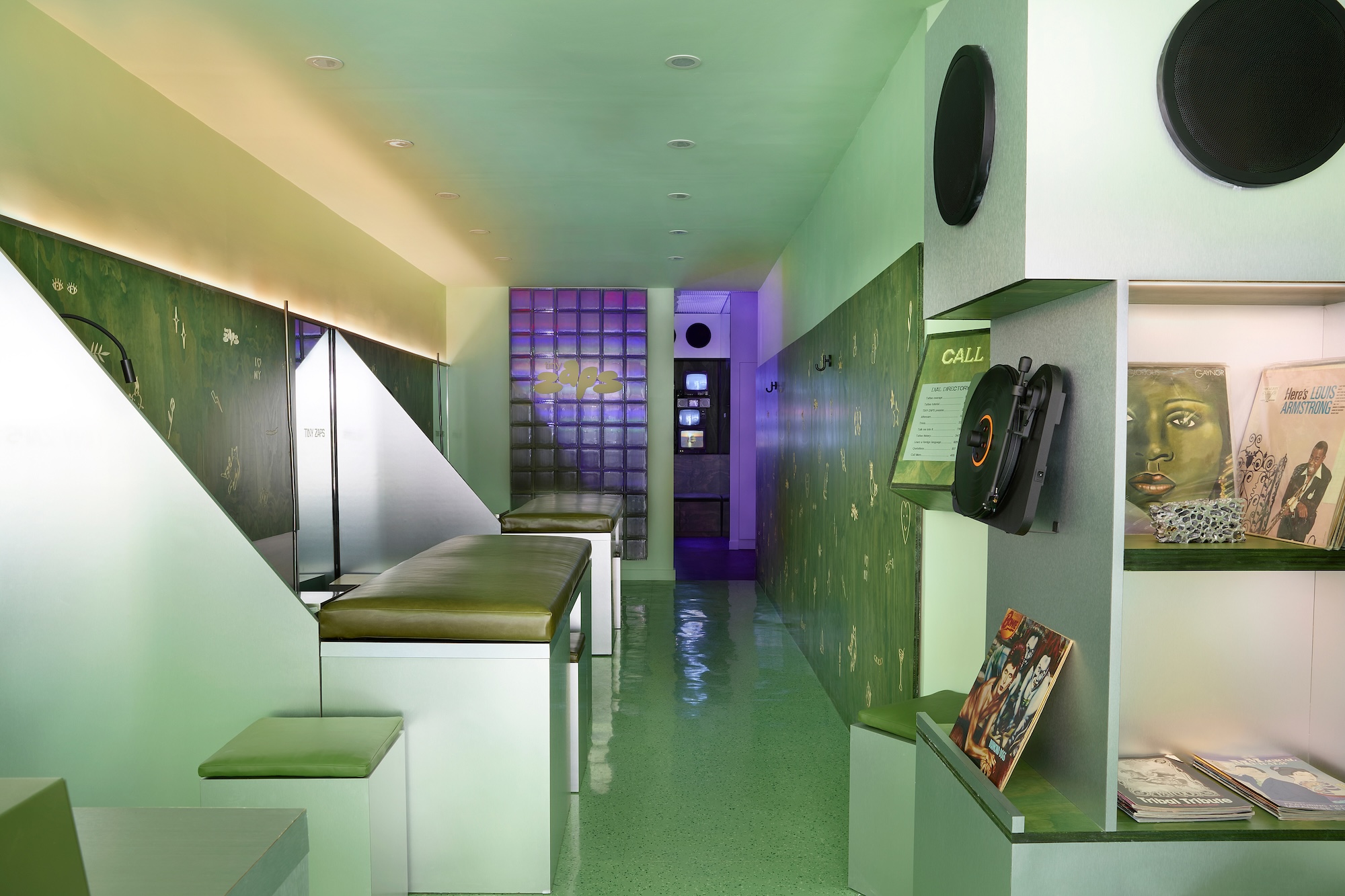 Terrified to get inked? This inviting Brooklyn tattoo parlour is for people who are 'a little bit nervous'
Terrified to get inked? This inviting Brooklyn tattoo parlour is for people who are 'a little bit nervous'With minty-green walls and an option to 'call mom', Tiny Zaps' Williamsburg location was designed to tame jitters
-
 Let’s hear it for the Chopard L.U.C Grand Strike chiming watch
Let’s hear it for the Chopard L.U.C Grand Strike chiming watchThe Swiss watchmaker’s most complicated timepiece to date features an innovative approach to producing a crystal-clear sound
-
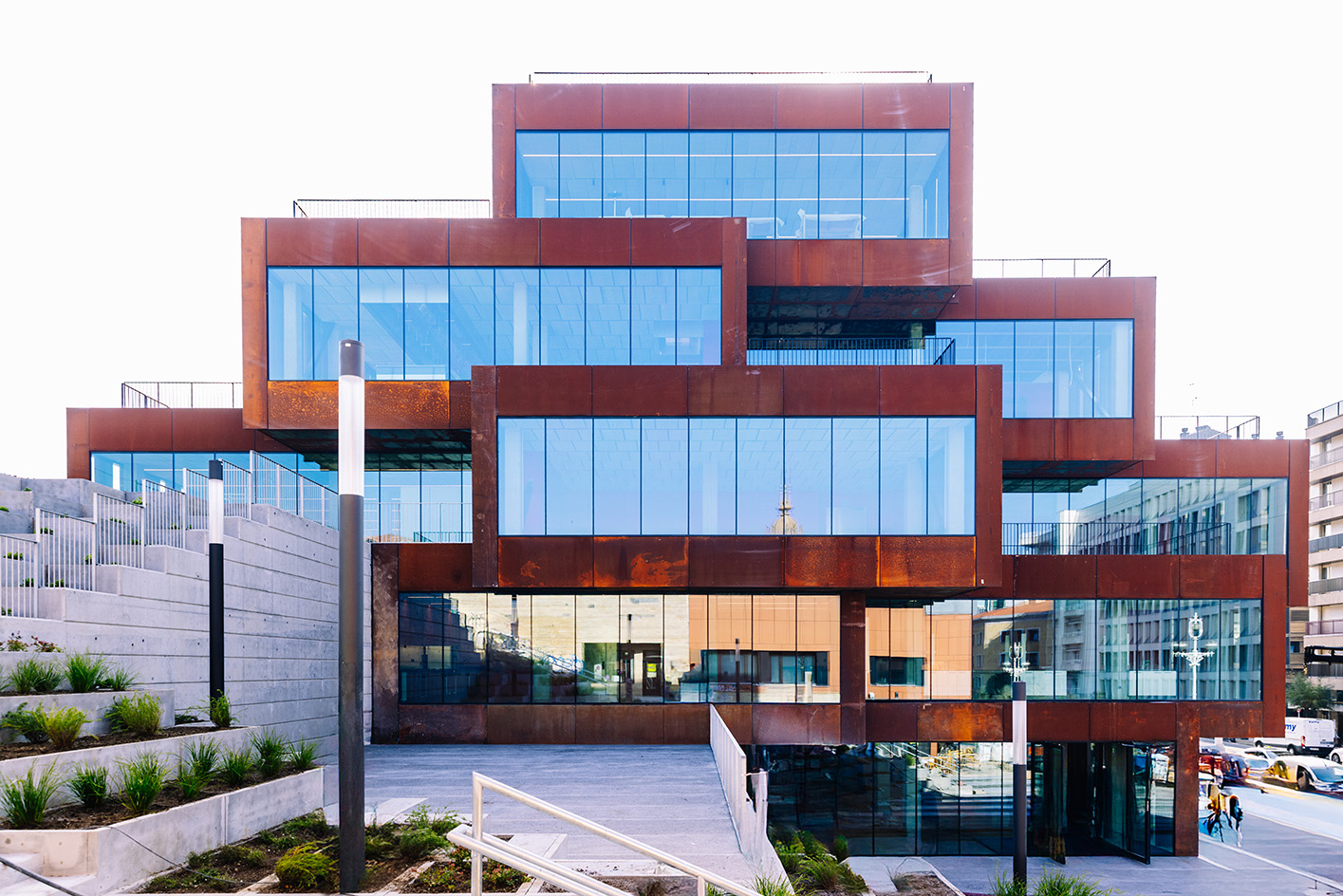 In the heart of Basque Country, Bjarke Ingels unveils a striking modular building devoted to culinary research
In the heart of Basque Country, Bjarke Ingels unveils a striking modular building devoted to culinary researchSee what the architect cooked up for the Basque Culinary Center in San Sebastián, Spain
-
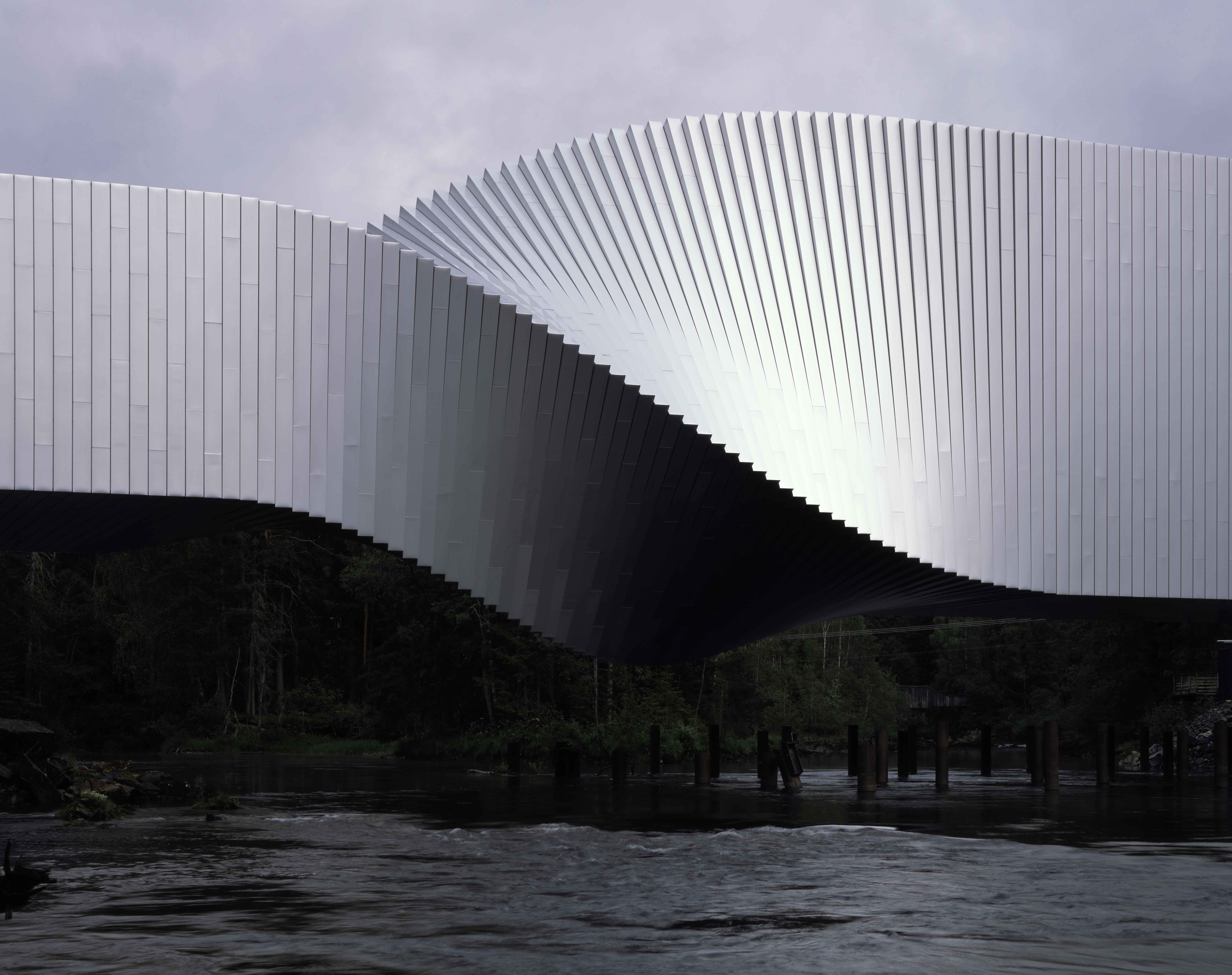 Discover Bjarke Ingels, a modern starchitect of 'pragmatic utopian architecture'
Discover Bjarke Ingels, a modern starchitect of 'pragmatic utopian architecture'Discover the work of Bjarke Ingels, a modern-day icon and 'the embodiment of the second generation of global starchitects' – this is our ultimate guide to his work
-
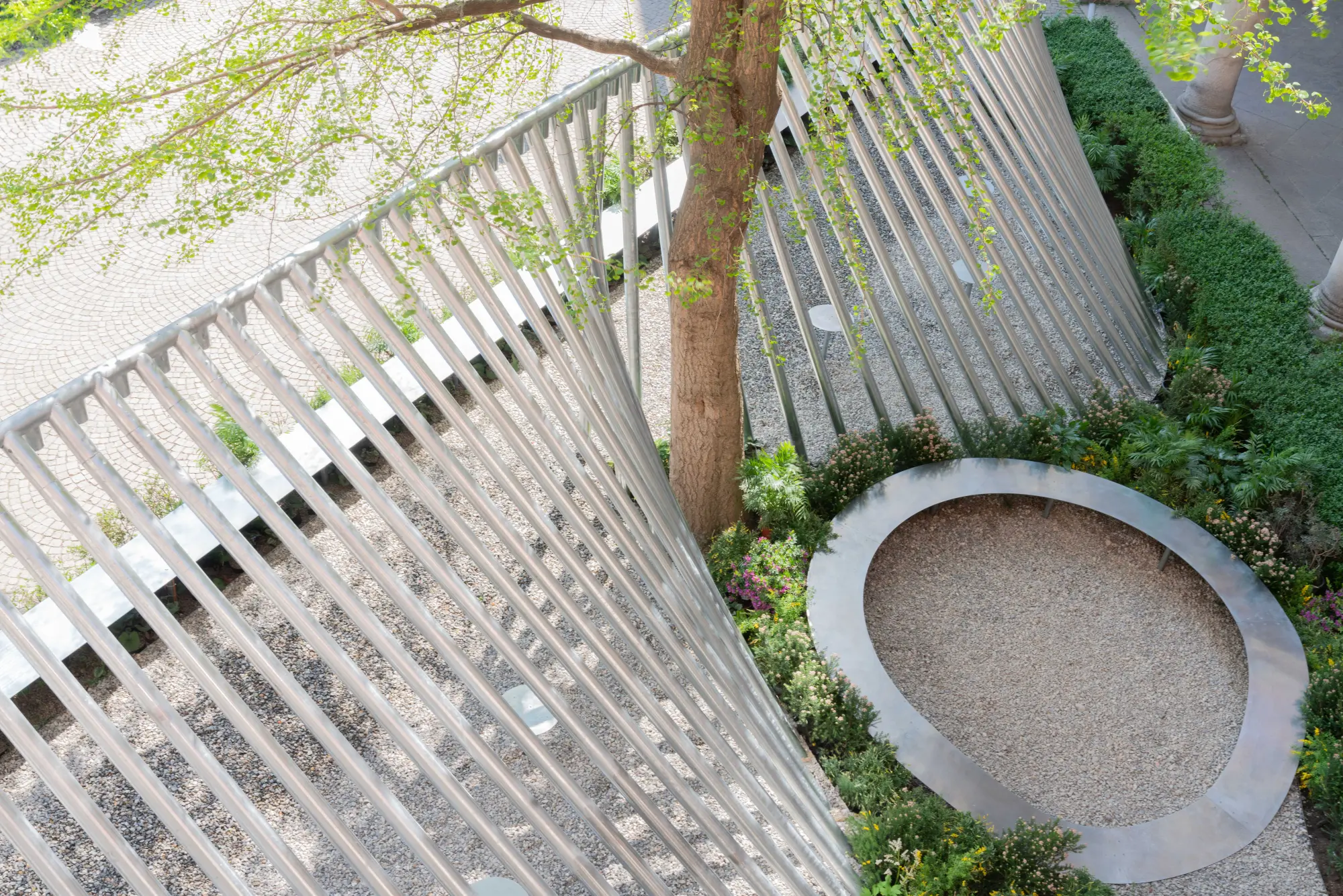 Milan Design Week: ‘A Beat of Water’ highlights the power of the precious natural resource
Milan Design Week: ‘A Beat of Water’ highlights the power of the precious natural resource‘A Beat of Water’ by BIG - Bjarke Ingels Group and Roca zooms in on water and its power – from natural element to valuable resource, touching on sustainability and consumption
-
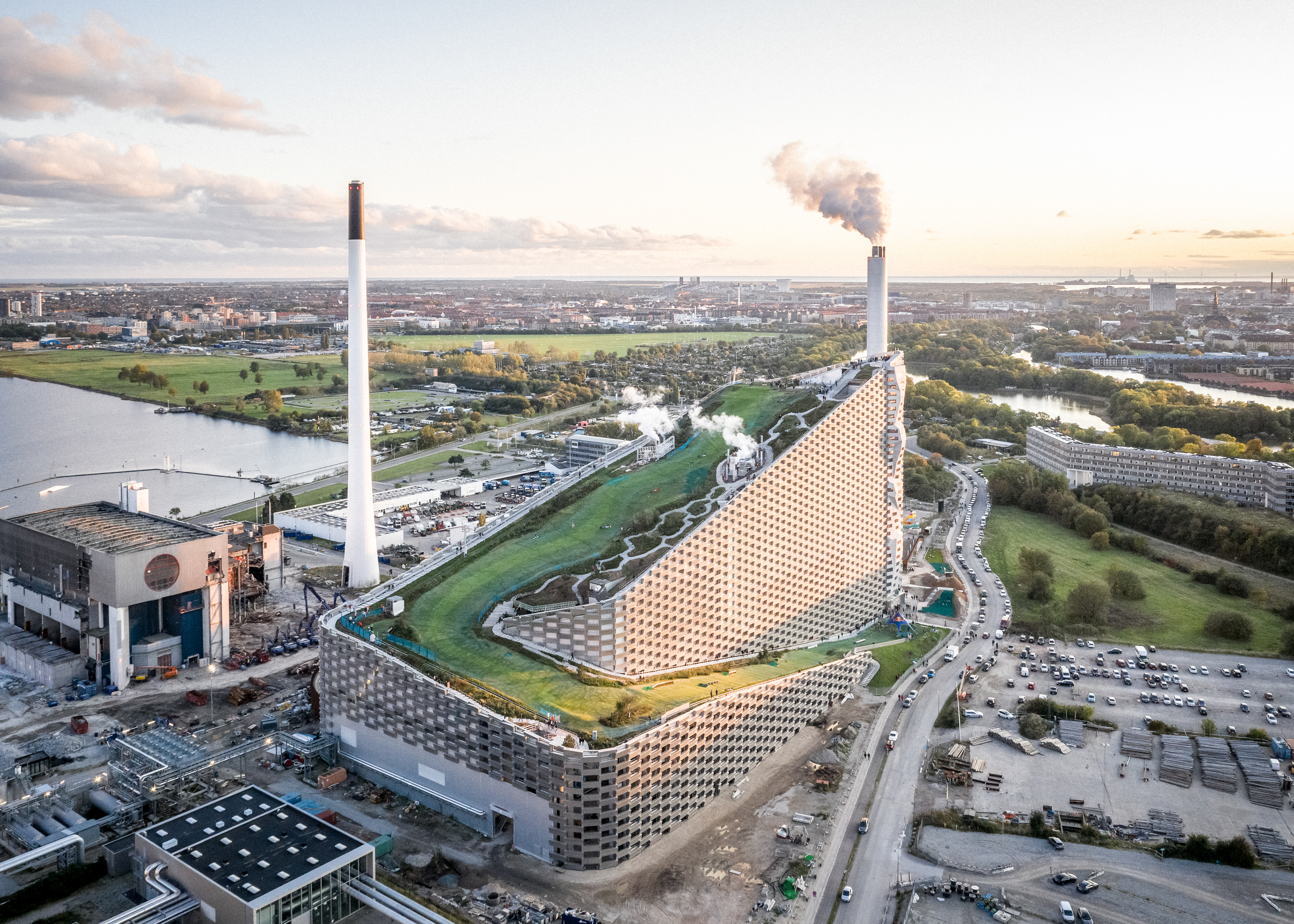 What is hedonistic sustainability? BIG's take on fun-injected sustainable architecture arrives in New York
What is hedonistic sustainability? BIG's take on fun-injected sustainable architecture arrives in New YorkA new project in New York proves that the 'seemingly contradictory' ideas of sustainable development and the pursuit of pleasure can, and indeed should, co-exist
-
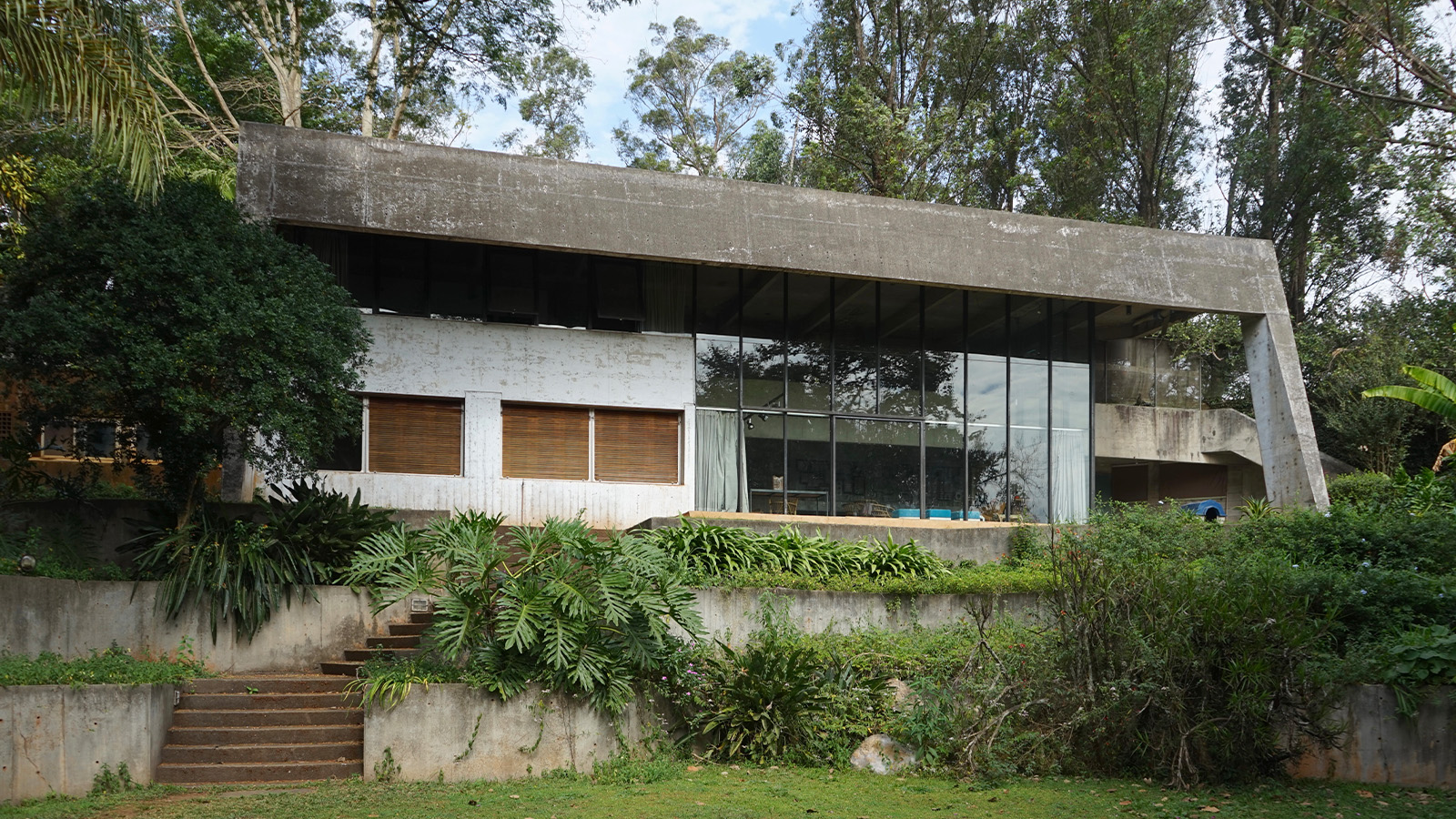 Tour 18 lesser-known modernist houses in South America
Tour 18 lesser-known modernist houses in South AmericaWe swing by 18 modernist houses in South America; architectural writer and curator Adam Štěch leads the way in discovering these lesser-known gems, discussing the early 20th-century movement's ideas and principles
-
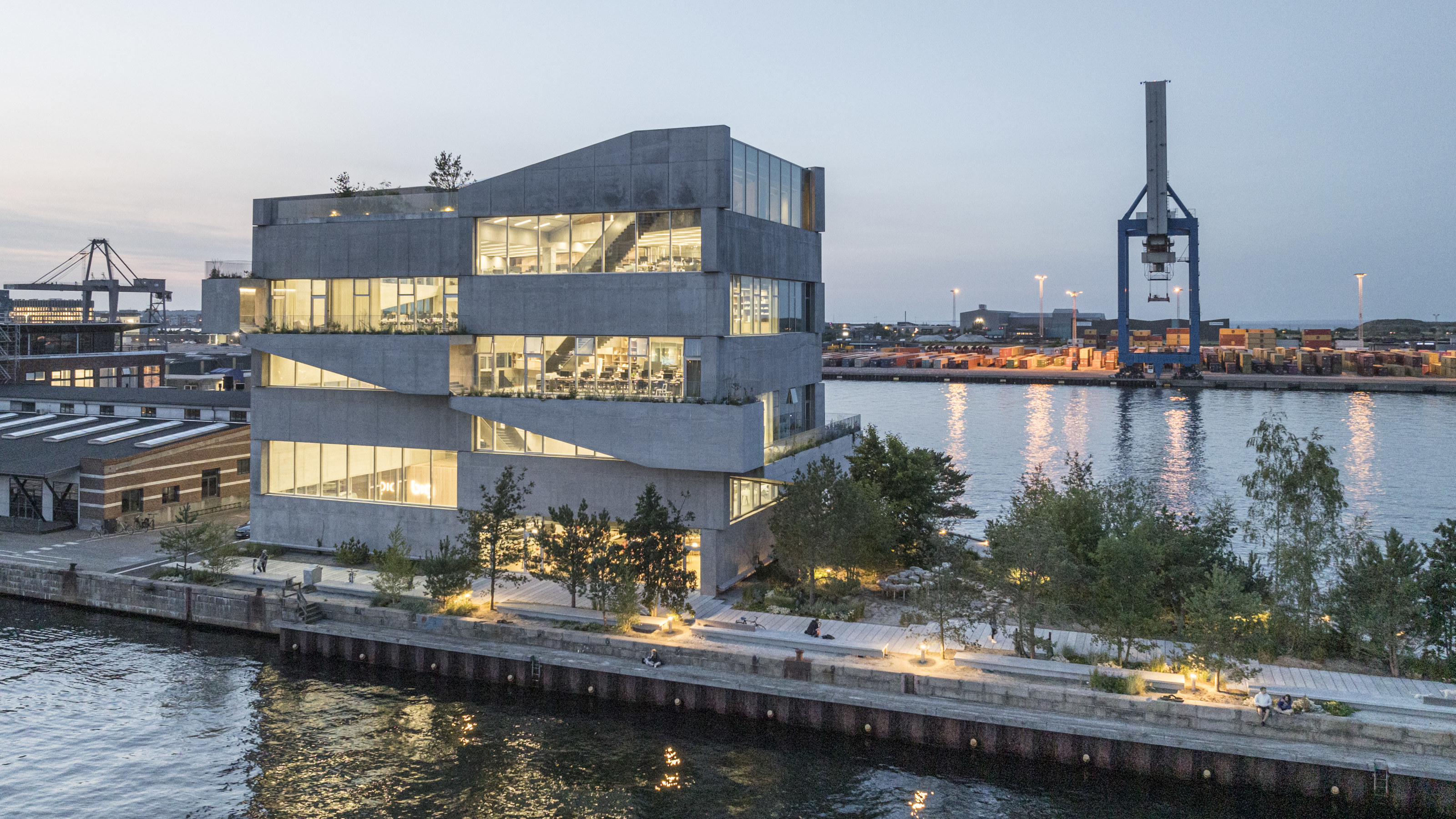 Denmark’s BIG has shaped itself the ultimate studio on the quayside in Copenhagen
Denmark’s BIG has shaped itself the ultimate studio on the quayside in CopenhagenBjarke Ingels’ studio BIG has practised what it preaches with a visually sophisticated, low-energy office with playful architectural touches
-
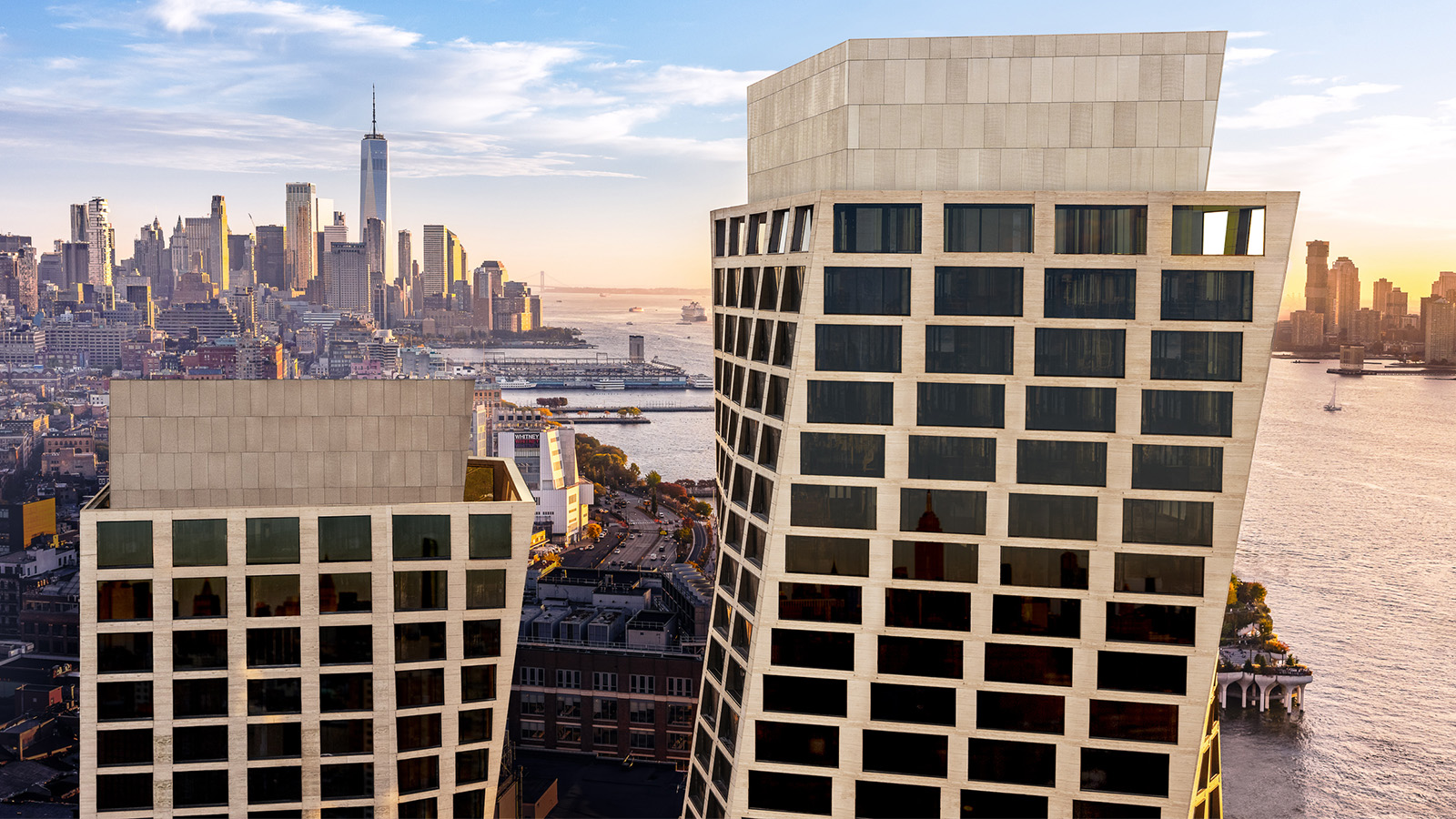 Step inside One High Line's sculptural forms in New York
Step inside One High Line's sculptural forms in New YorkOne High Line, the residential building designed by Bjarke Ingels of BIG with interiors by Gabellini Sheppard and Gilles & Boissier, swirls up into the skyline absorbing its New York City context
-
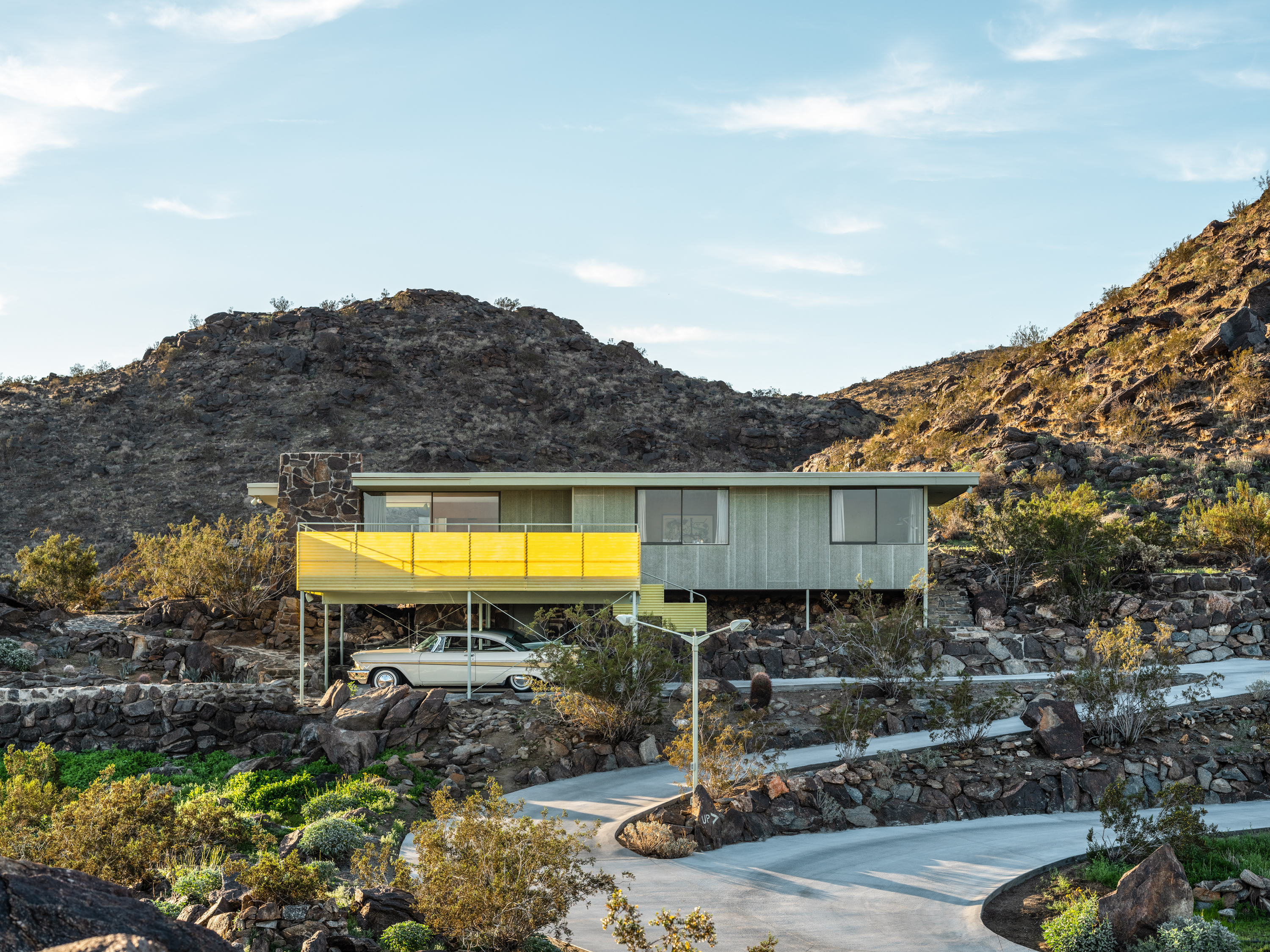 Modernist architecture: inspiration from across the globe
Modernist architecture: inspiration from across the globeModernist architecture has had a tremendous influence on today’s built environment, making these midcentury marvels some of the most closely studied 20th-century buildings; here, we explore the genre by continent